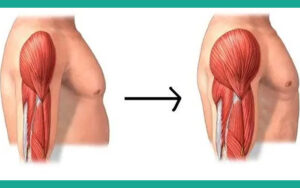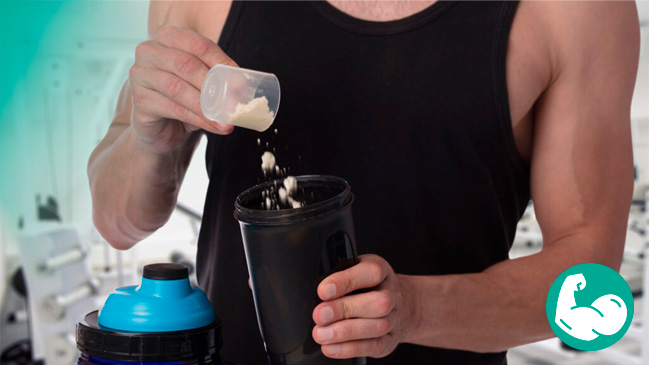For years, gaining muscle mass was associated exclusively with bodybuilding or high-performance sports. However, today, building strength and muscle is considered a key strategy for improving overall health, preventing chronic diseases, and aging in a more functional and independent way.
This is because muscle tissue not only has a mechanical function, but also acts as a metabolically active organ. It contributes to blood sugar regulation, helps maintain a healthy weight, prevents falls and fractures in older adults, and reduces the risk of cardiovascular disease. That’s why resistance training has gained prominence in public health recommendations.

Along with exercise, nutrients that can enhance these benefits are also being studied. Among them, creatine stands out as one of the most effective and scientifically supported supplements.
What Is Creatine and What Is It Used For?
Creatine is a natural compound synthesized from three amino acids: arginine, glycine, and methionine. Although the body produces it endogenously in the liver, kidneys, and pancreas, and it can also be obtained from foods like red meat and fish, during intense training or when aiming to gain muscle mass, endogenous production and dietary intake may not be enough.

Once stored in the muscles—where 95% of the body’s creatine is found—it plays a key role in the rapid production of cellular energy through ATP (adenosine triphosphate), allowing for high-intensity exercise to be performed for longer durations.
Scientific Support and Documented Benefits
Various scientific studies have confirmed that creatine, especially when combined with resistance training, increases muscle strength, enhances hypertrophy (muscle growth), improves recovery between sets, and reduces fatigue. These benefits have been observed in trained individuals, beginners, people in rehabilitation, and older adults looking to preserve muscle mass.
A review published in the journal Nutrients analyzed 16 clinical trials and concluded that creatine was significantly more effective than placebo in increasing muscle mass and performance. Another study, cited in Ageing Research Reviews, highlighted its potential to combat sarcopenia—age-related muscle loss.
How Much Can You Gain and How Fast?
Muscle mass gains from creatine depend on factors such as training type, diet, consistency, and individual characteristics. Effects are typically noticeable after several weeks of consistent use.

There are two common supplementation protocols: One includes a loading phase (20 grams per day for 5–7 days) followed by a maintenance phase (3–5 grams daily).
The other skips the loading phase and involves taking 3–6 grams per day for several weeks until muscle saturation is achieved.
Moreover, absorption is improved when creatine is consumed with carbohydrates or protein, since insulin enhances its transport into the muscle.
Food Sources and Supplementation
Creatine is naturally found in foods like red meats (beef, lamb) and fish such as salmon, tuna, and herring. However, reaching the recommended dosage through diet alone may require eating more than a kilogram of meat or fish per day, which is impractical and potentially unhealthy for most people.

That’s why creatine monohydrate supplements are an efficient, safe, and accessible alternative. Most creatine supplements available today are vegan- and vegetarian-friendly, as they are synthetically produced without animal-derived ingredients.
Safety and Possible Side Effects
Creatine is one of the most well-studied supplements in the world. Its use is considered safe for healthy individuals, including adolescents, as long as the recommended dosages are followed. The most common side effect is initial weight gain due to increased water retention in the muscles.
However, people with kidney issues, those taking nonsteroidal anti-inflammatory drugs (such as ibuprofen or naproxen), or individuals who are pregnant or breastfeeding should consult a healthcare professional before starting supplementation.
Conclusion
Creatine has proven to be one of the most effective and safest supplements for increasing muscle mass, enhancing physical performance, and supporting metabolic health. When combined with resistance training, its use not only helps achieve aesthetic or athletic goals but also contributes to better long-term quality of life.
As always, before starting any supplementation, it is advisable to consult a doctor or nutritionist to assess individual needs and determine the appropriate dosage.

